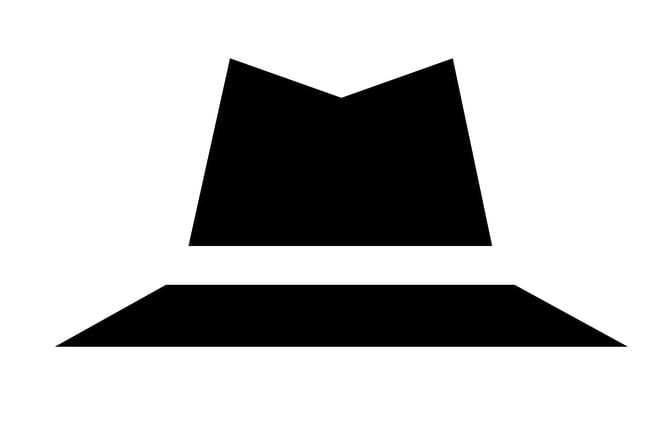 Readers of this blog know how important I believe the CEO’s role is in finding and recruiting talent. This is what the coach hat is all about, which is the second one in my series on the six hats or roles of the CEO. These are based on the work of Jim Schleckser of the Inc. CEO Project, who says there are five hats that CEOs should spend their time wearing to be effective (I have added my own, to be revealed later). The challenge is knowing how much time to devote to each. The coach hat is one of the highest value roles according to Jim, because you are investing in finding talent that pays you greater dividends over time.
Readers of this blog know how important I believe the CEO’s role is in finding and recruiting talent. This is what the coach hat is all about, which is the second one in my series on the six hats or roles of the CEO. These are based on the work of Jim Schleckser of the Inc. CEO Project, who says there are five hats that CEOs should spend their time wearing to be effective (I have added my own, to be revealed later). The challenge is knowing how much time to devote to each. The coach hat is one of the highest value roles according to Jim, because you are investing in finding talent that pays you greater dividends over time.
The role of a coach is to get the maximum performance from everyone on the team. CEOs should identify areas for improvement overall as well as the employees who need to hone their skills or be replaced. This starts with spending time with your direct reports. A weekly one-hour session with each one is an important time to provide insight and direction that should lead to increased performance. Additionally, you should work with your executive team to identify areas of the business that need additional talent. This is critical for success, particularly in a fast-growing organization.
Another topic to discuss with your direct reports: Who are the top talent at lower levels in the organization who can be groomed for future leadership positions? Assigning an executive or yourself to mentor these future leaders can pay off as the business grows, because you will need them to fill positions of greater responsibility.
Coaching is critical to building a great company, and you should constantly be on the lookout for opportunities to improve your team’s performance.
In this short video, Jim provides his views on the coach hat:
[youtube http://www.youtube.com/watch?v=E1WTcAGTekE&w=560&h=315]
In my next post, I’ll cover the architect hat. My first post in this series about the roles of a CEO was the player hat.





Coaching is clearly a vital role of the CEO. Years ago Andy Grove taught a course on performance management at Intel. In his view, the purpose of one-on-one meetings was to provide a regular venue where “important” issues could be discussed, otherwise “urgent” ones would overwhelm them. The frequency of one-on-ones depended upon the direct report’s maturity with respect to their role, ranging from 1 to 3 weeks. I used Andy’s process for years with great success. Thanks for reminding me of their importance!
This is something that is often overlooked, which is surprising. It’s a basic concept that gets lost in the rigors of being in executive management more often than not and can really damage future growth. When all of the knowledge and ability goes away through the departure of anyone in the organization, be it attrition, promotion, or realignment, you’ll find you struggle to find someone, anyone, to fill that void. A clear line of succession gives people, especially talented people a sense of purpose and a goal to shoot for in the future.